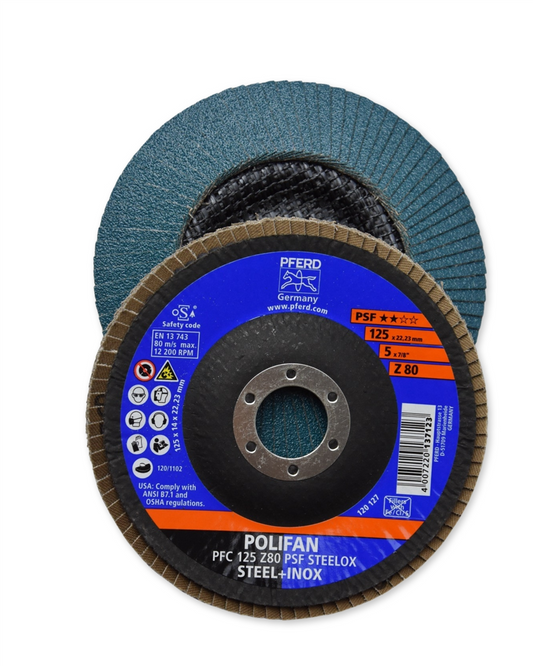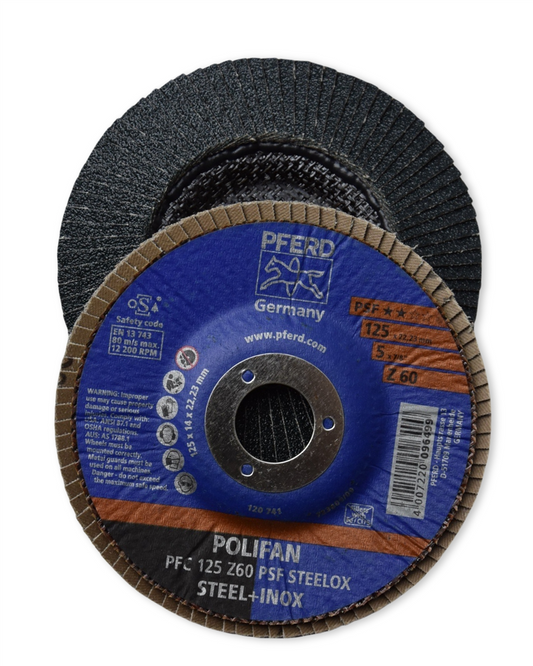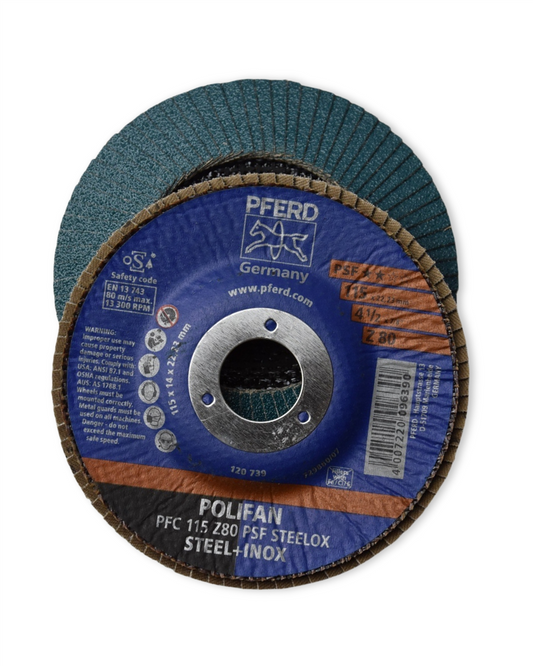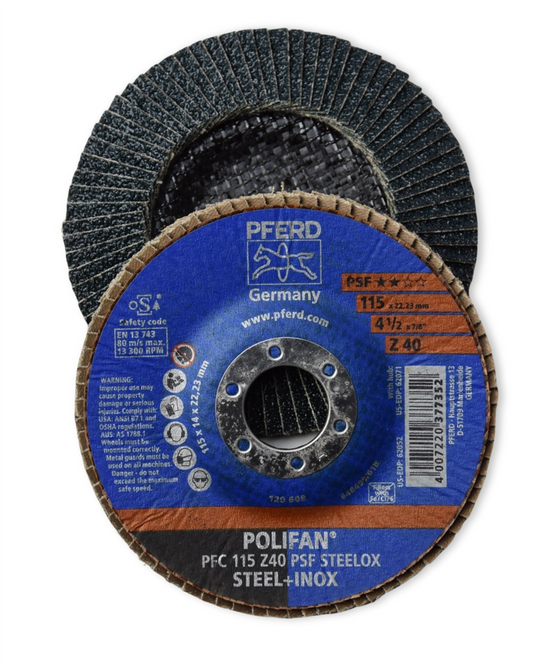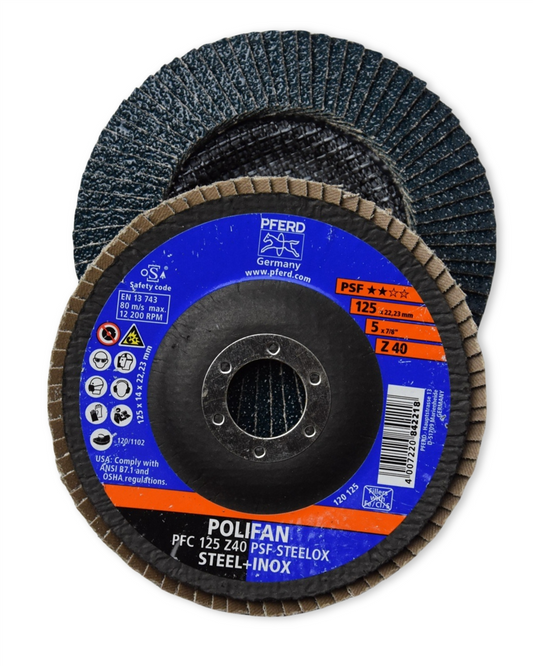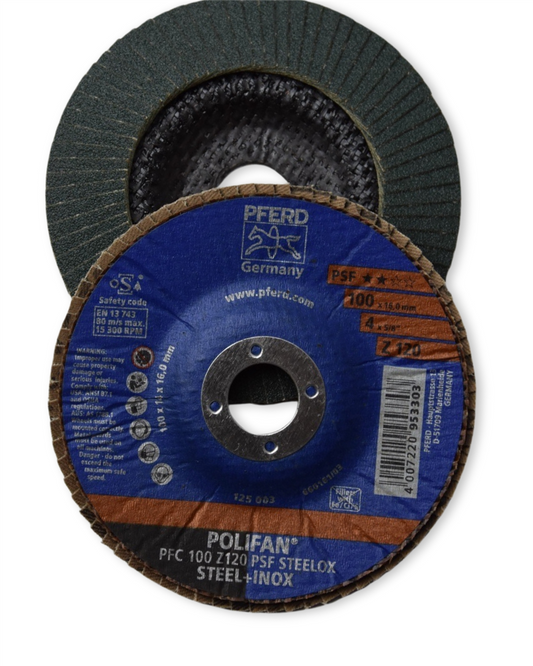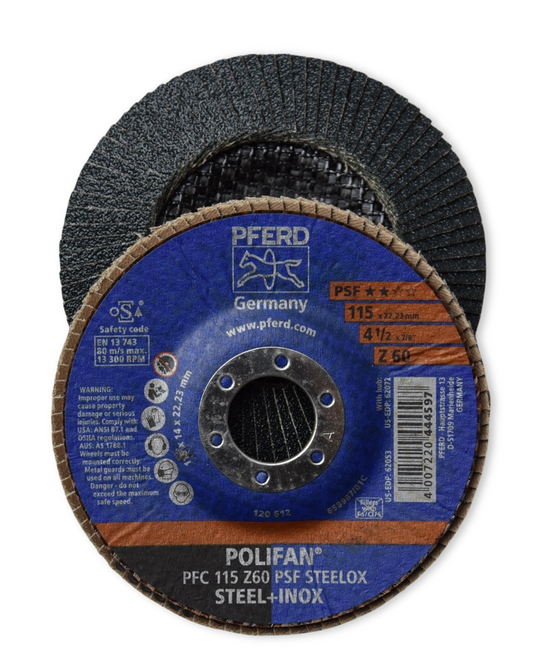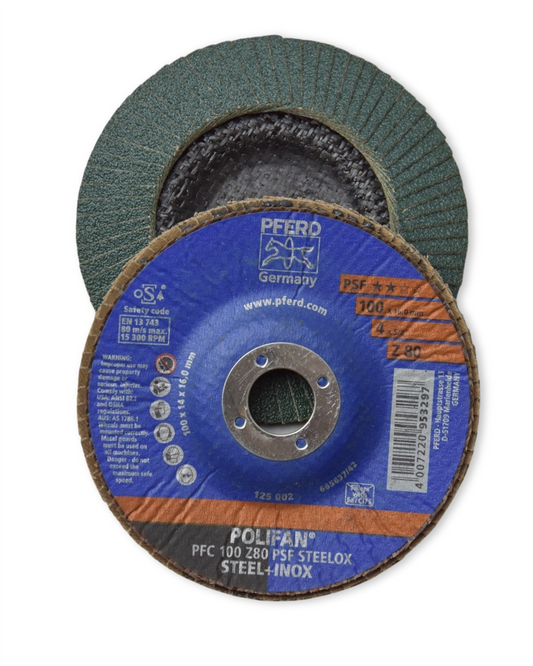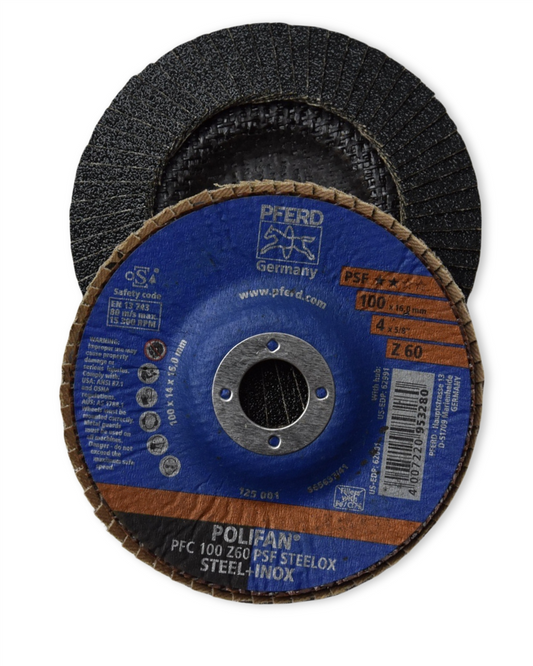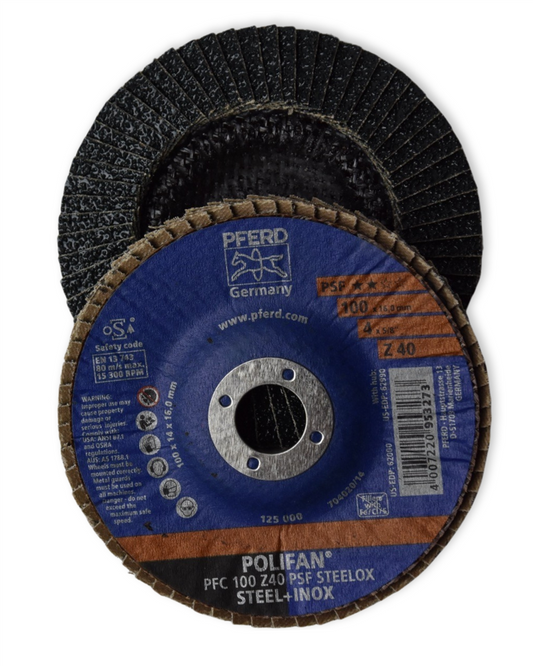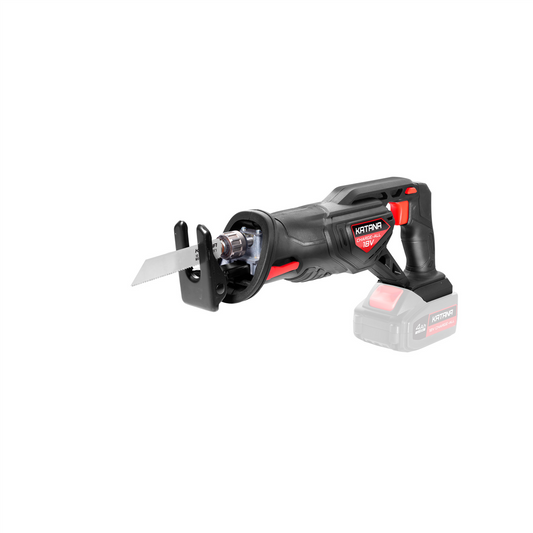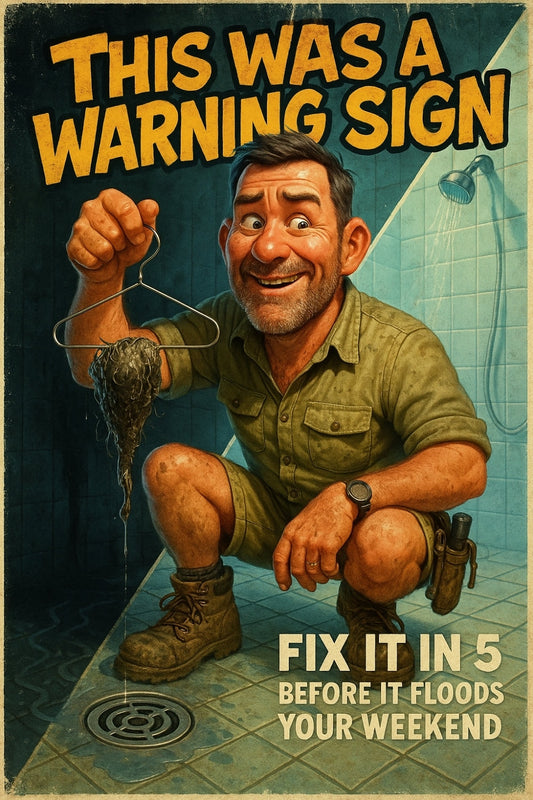How to Use a Utility Knife Without Injuries
Share
Mastering the Utility Knife: Safety Tips for Injury-Free Cutting
Ever found yourself in the middle of a DIY project, wielding a utility knife like a pro, only to end up with an unexpected nick or, worse, a trip to the first aid kit? You're not alone. Utility knives are fantastic tools, but without the right technique, they can turn a small task into a dangerous one.
Why Proper Handling Matters
A utility knife is a go-to tool for many home projects, from cutting carpet to trimming insulation. Used correctly, it's a lifesaver. Used carelessly, it can lead to painful accidents. The good news? A few simple adjustments to the way you handle your knife can make all the difference.
Choose the Right Knife for the Job
Not all utility knives are the same. Some have retractable blades, others have fixed ones. Some are better for precision cutting, while others handle tough materials like a champ. Before getting started, pick a knife that matches your task. A dull or inappropriate blade can make cutting harder and increase the risk of slipping.
Keep Your Blade Sharp
It sounds counterintuitive, but a dull blade is more dangerous than a sharp one. When a blade loses its edge, you have to use more force to cut, which increases the chances of losing control. Swap out blades regularly and always check for any signs of dullness before starting.
Use the Right Cutting Technique
- Angle It Right: Hold the knife at an angle that allows for a smooth, controlled cut rather than forcing the blade straight down.
- Cut Away From Yourself: Always angle your cuts away from your body, never towards it. This simple habit can prevent unnecessary injuries.
- Use Controlled Movements: Short, steady strokes work far better than one big slice. Rushing the job can lead to unpredictable slips.
Grip It Properly
A loose or awkward grip can spell disaster. Hold the handle firmly with your fingers wrapped securely around it. If your knife has a grip-friendly design, use it to your advantage. The more control you have, the safer you’ll be.
Secure Your Cutting Surface
A wobbly workbench or loose material can cause even the steadiest hands to slip. Always ensure your workpiece is firmly in place before making a cut. If needed, use clamps to hold things steady.
Store Your Knife Safely
Once you're done, don’t just toss your knife onto the workbench or into a drawer unprotected. Retract the blade or use the safety cover before putting it away. This simple habit keeps your fingers safe the next time you reach for it.
Invest in Safety Gear
If you're tackling a big project, a pair of cut-resistant gloves can be a game changer. They add an extra layer of protection, especially if you're switching between different cutting tasks.
Know When to Ask for Advice
Not sure which knife suits your project best? Need a sharper blade or an upgrade? That’s where a chat with experts comes in handy. At Strathalbyn H Hardware, we’ve seen it all and love helping customers find the right tools for the job.
Next time you pick up a utility knife, keep these tips in mind. A little care goes a long way in avoiding injuries and getting your project done right. Have a question or need a quality utility knife? Drop by and let’s make your next project a safe one.
Happy cutting!
Candeece

Stay Connected
Follow our Facebook Page: Strathalbyn H Hardware on Facebook

